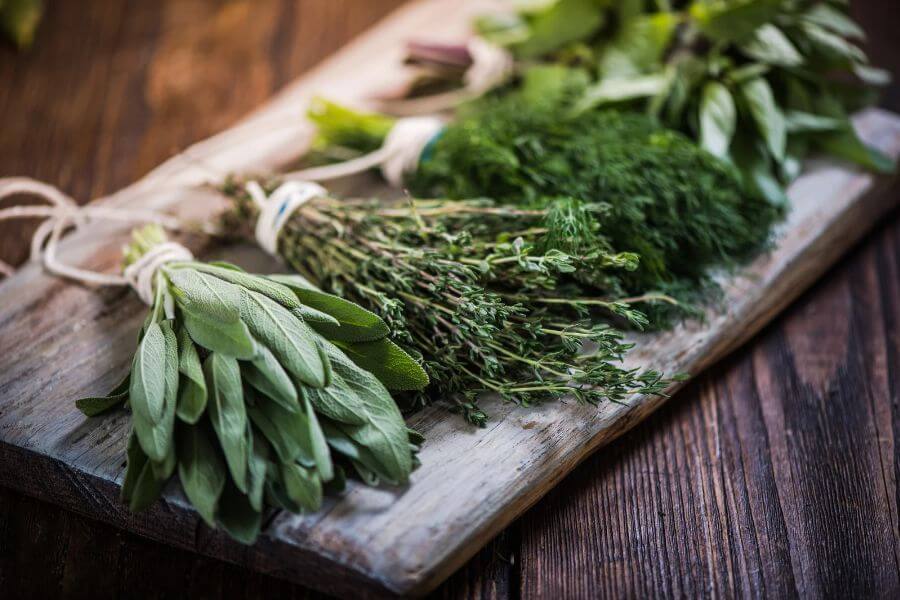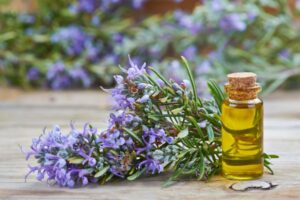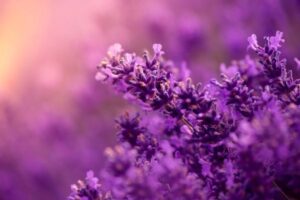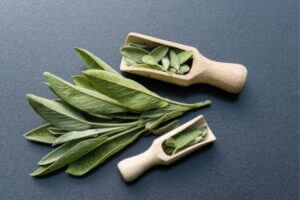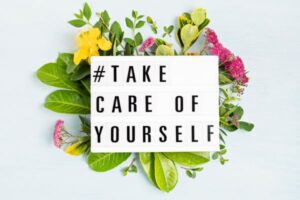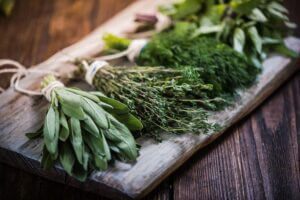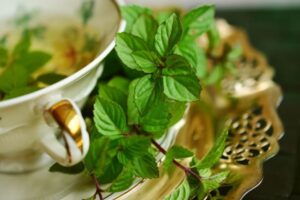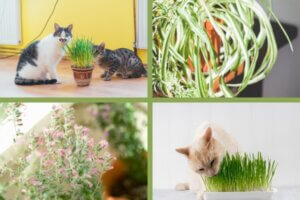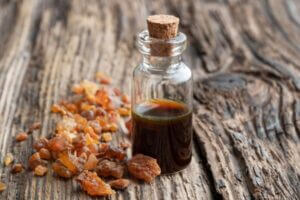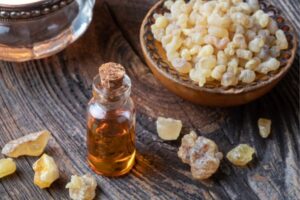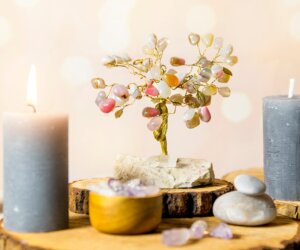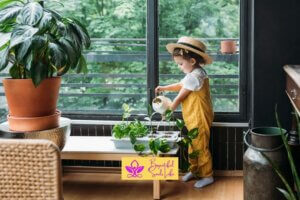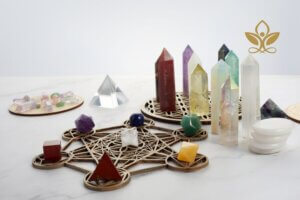If you are new to gardening, growing your own herbs is both exciting and intimidating. Of course, the thought of having fresh herbs to use in your cooking or to make your own herbal remedies is enticing, but where do you start? In this guide, I will take you through everything you need to know about growing your own herbs, from choosing between annual and perennial herbs to harvesting and recipes using fresh herbs.
Introduction and benefits of growing your own herbs
Growing your own herbs is a rewarding experience that saves you money and provides you with fresh, flavorful ingredients for your cooking. Whether you have a large outdoor space or just a windowsill, you cultivate your own herb garden. Herbs are easy to grow and require minimal maintenance, making them an ideal choice for beginners.
Growing your own herbs has many benefits. For one reason, it’s cost-effective compared to buying fresh herbs from the store. You also ensure that your herbs are organic and free from harmful pesticides. Additionally, herbs are rich in antioxidants and have many health benefits. They are also very versatile.
For some examples, use them to make teas, oil infusions, and tinctures to improve digestion, reduce inflammation, and boost your immune system.
Choosing between Annual and Perennial herbs
When choosing herbs for your garden, first decide between annual and perennial herbs. For instance, annual herbs, such as basil and cilantro, grow for one season and die off, while perennial herbs, such as thyme and rosemary, come back year after year.
Annual herbs are great for beginners as they are easy to grow and require minimal maintenance. Perennial herbs require more care but are a good investment for long-term herb gardening.
| Annual and Biennial Herbs | Perennial Herbs |
|---|---|
| Basil | Chives |
| Borage | Comfrey |
| Chamomile | Fennel |
| Cilantro | Hyssop |
| Coriander | Horseradish |
| Dill | Lemon Balm |
| Lemon Grass | Lavender |
| Marjoram (Sweet)Lovage | Mint |
| Mexican Marigold (Sweet Mace) | Meadowsweet |
| Parsley | Oregano |
| Purslane | Rosemary |
| Rocket | Russian Tarragon |
| Summer Savory | Sage |
| Spearmint and Peppermint | |
| Sorrel | |
| Thyme |
Annual and biennial herbs such as basil, dill, chervil, coriander, and parsley, grow quickly and require sowing at regular intervals during spring and summer to ensure a constant supply of fresh produce. Slow-growing perennial herbs, including thyme, sage, rosemary, mint, chives, and oregano, require a permanent location.

Cultivate your herbs in a herb garden, a raised bed, a vegetable plot or among flowers in borders, as many herbs are both decorative and delicious. For optimal growth, herbs require a sunny, sheltered location with well-drained soil. If you have heavy clay soil, improve the drainage by adding coarse grit and organic matter such as compost or well-rotted manure.
You may also consider growing herbs in a raised bed to ensure sharp drainage. Many herbs can tolerate slightly acidic soil, but the ideal pH level for growing herbs is neutral to alkaline.

When to plant outdoor herbs
The best time to plant outdoor herbs depends on your climate and the type of herb you are growing. Most herbs prefer warm weather, so it is best to plant them in the spring after the last frost. Plant some herbs, such as chives and parsley, in the fall for a winter harvest.

To protect herbs until the weather becomes warmer, start them off under cover. For hardy annual or biennial herbs like dill, parsley, chamomile, and coriander, sow them directly into their final positions from March to August. It is crucial to do it this way, especially for dill and chervil as they are challenging to transplant. For a constant supply of fresh leaves, sow at intervals of three to four weeks.

Alternatively, sow most of the herbs indoors in seed trays or modules and transplant them later according to the individual seed packets’ instructions. Then, prick out and grow the seedlings before hardening them off. Also, wait until there’s no risk of frost before planting them out. Plant half-hardy basil indoors on a sunny windowsill if the summer is too cold or wet.
Additionally, sow perennial herbs such as fennel, sage, rosemary, and chives under cover in the warmth during spring and then transplant when they are big enough to handle. Harden off the plants in a cold frame.
Where to plant outdoor herbs
Herbs need sunlight to grow, so it is important to choose a location that gets at least six hours of direct sunlight each day. Herbs also need well-draining soil, so avoid planting them in low-lying areas or areas that are prone to flooding. If you have limited outdoor space, grow herbs in pots or containers on a balcony or windowsill.
Having a herb garden outdoors is advantageous as it makes harvesting easier and the aroma of fresh herbs is enjoyable on hot sunny days. Also, combining the different colors of sage, borage, and calendula creates an ornamental feature that’s both attractive and edible.
In case you don’t have enough space for a separate herb garden, try adding herbs to your flower beds to create a contrasting effect. Additionally, herbs like thyme and basil can add texture and depth to your planting.


For an informal and unique garden path, plant low-growing herbs such as chives and thyme. Also plant thyme and creeping savory in between paving stones, because these withstand light foot traffic while releasing their refreshing scent.



Fennel, with its feathery foliage and yellow flowers, makes a great addition to a herbaceous border and is sure to attract bees and butterflies.
Growing your own herbs in pots and containers
Growing herbs in pots and containers is a great option for those with limited outdoor space. When choosing pots or containers, make sure they have drainage holes to prevent water from pooling and causing root rot. Use a high-quality potting mix and fertilize regularly to ensure healthy growth. Then, water your herbs when the soil feels dry to the touch.
If you have limited space but still want to grow fresh herbs, using pots and containers is an excellent option. Purchase a special raised planter designed for vegetables and place it outside your home, on your patio, or balcony. It’s best to choose deep pots, especially if you plan to grow large shrubby herbs like bay trees and rosemary.



When selecting compost for your herbs, loam-based soil is the most suitable. During the growing season, it’s important to feed your potted herbs with balanced fertilizer, following the manufacturer’s instructions. Overfeeding can result in a loss of flavor in the leaves, so it’s best to be cautious.
Be sure to provide proper drainage for your containers and elevate them on bricks or pot feet to prevent water-logging in the winter. If there is severe icy weather, consider protecting your pots by placing them against a wall or wrapping them in bubble wrap.
Some herbs, such as mint and Sweet Woodruff, can be invasive, so it’s a good idea to grow them in sunken containers like old buckets or plastic pots to prevent them from spreading.
How to repot herbs
As your herbs grow, they may outgrow their pots and need repotting. Signs that your herbs need repotting include roots growing out of the drainage holes and wilting leaves. To repot, gently remove the herb from its current pot and place it in a larger one with fresh potting mix. Water thoroughly and place in a sunny location.
If you notice that your potted herbs are appearing frail and dehydrated, it is an indication that the plant has outgrown its container and requires a larger space. To address this, you should take out the plant and carefully separate the roots by eliminating the old compost before transferring it to a new container with fresh compost.
If you cannot repot the herbs, you can instead replace the topsoil with 2.5cm of fresh compost and a slow-release fertilizer. Another option is to use well-decomposed manure as a top-layer to promote growth.
Growing your own herbs indoors
Growing herbs indoors is a great option if you don’t have outdoor space or if you want to have fresh herbs year-round. Herbs need at least six hours of direct sunlight each day, so choose a sunny location near a window. If your home doesn’t get enough sunlight, use artificial grow lights. Use a well-draining potting mix and water your herbs when the soil feels dry to the touch.



If you don’t have access to a garden or balcony, growing herbs indoors is an easy and practical way to ensure fresh produce all year round. By doing so, you also extend the season for annual herbs.
Some of the suitable herbs that grow on windowsill include basil, coriander, chives, parsley, dill, marjoram, and mint. Harvesting regularly and treating them as cut-and-come-again crops encourages new growth.



For growing mint in a pot, you can sow the seeds on damp seed compost, sprinkle with vermiculite, and cover the container with a plastic bag. Once germinated, remove the cover and grow the plant.
Lastly, some outdoor herbs like chives and mint, you may lift, divide, and bring them indoors for winter by dividing the clumps into smaller pieces and planting them in pots.



How to harvest herbs
Harvesting your herbs is an important step in ensuring healthy growth and prolonging the life of your plants. When harvesting, use sharp scissors or pruning shears to cut the stems just above a set of leaves. Doing so encourages new growth and prevents your herbs from becoming leggy. Avoid harvesting more than one-third of the plant at a time, as this will stress the plant.
To ensure new leaves grow in the center of the plant, when collecting herbs, it’s important to remove the foliage from the outer part of the plant. It’s also recommended not to collect more than one third of the plant’s foliage at any given time so that the plant can recover.
Freezing herbs is an excellent way to preserve their flavor and is particularly useful for fast-growing herbs like coriander, parsley, and dill. To freeze herbs, either freeze whole sprigs in freezer bags or freeze chopped herbs with water in ice cube trays.
To get the best results, it is advisable to harvest herbs in the morning before any essential oils evaporate. Although you may harvest evergreen herbs like rosemary, sage, and thyme sparingly throughout the year, it’s important to note that no new growth occurs until spring.
Top tips for looking after herbs
To ensure healthy growth and longevity of your herbs, here are some top tips to keep in mind:
- Fertilize regularly with a balanced fertilizer.
- Water your herbs when the soil feels dry to the touch.
- Pinch back the tips of your herbs to encourage bushy growth.
- Mulch around your herbs to retain moisture and prevent weeds.
- Keep an eye out for pests and diseases and treat them promptly.
Common mistakes to avoid when growing herbs
As a beginner, it’s easy to make mistakes when growing herbs. Here are some common mistakes to avoid:
- Overwatering or underwatering your herbs.
- Not providing enough sunlight.
- Planting herbs in soil that doesn’t drain properly.
- Not fertilizing regularly.
- Not pruning your herbs regularly.
Herb garden design ideas
Herb gardens are amazingly both beautiful and functional. Here are some design ideas to inspire you:
- Plant herbs in raised beds or containers for a neat and organized look.
- Mix herbs with flowers for a colorful and fragrant garden.
- Plant herbs in a spiral or circular pattern for a unique and visually appealing design.
- Use herb markers to label your plants and add a personal touch to your garden.
Recipes using fresh herbs
Fresh herbs naturally add flavor and nutrition to your meals. Here are some recipes to try:
Basil pesto: Blend fresh basil, garlic, pine nuts, Parmesan cheese, and olive oil in a food processor.
Rosemary roasted potatoes: Toss potatoes with olive oil, chopped rosemary, salt, and pepper, and roast in the oven.
Mint tea: Steep fresh mint leaves in hot water for a refreshing and soothing drink.
Conclusion
Growing your own herbs is a fun and rewarding experience that provides you with fresh, flavorful ingredients for your cooking and herbal remedies. Whether you have a large outdoor space or just a windowsill, you can cultivate your own herb garden. By following the tips and advice in this guide, you can enjoy a successful herb gardening journey.
It is our wish that you find this post enlightening and helpful. If you have any questions or suggestions, we love to hear from you in the comments below. Also, kindly accept our invitation to join our group on Facebook to surround yourself with kindred spirits and post your encouraging messages.

